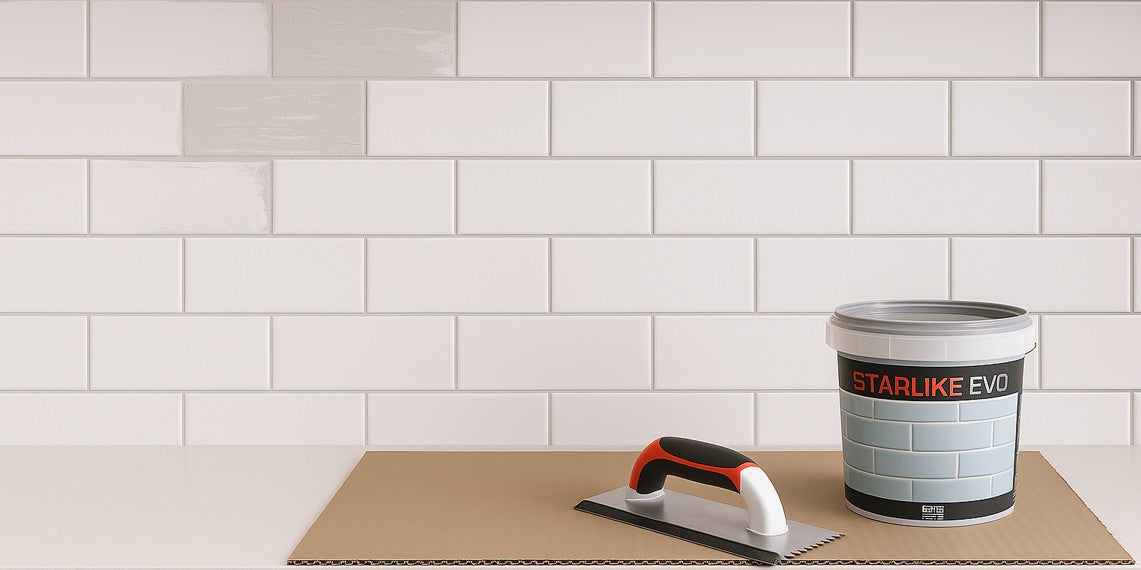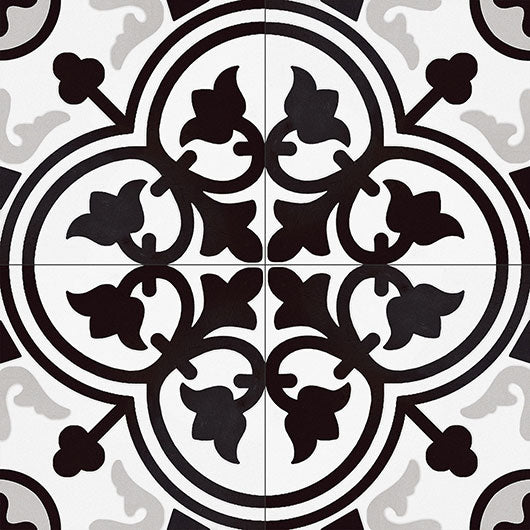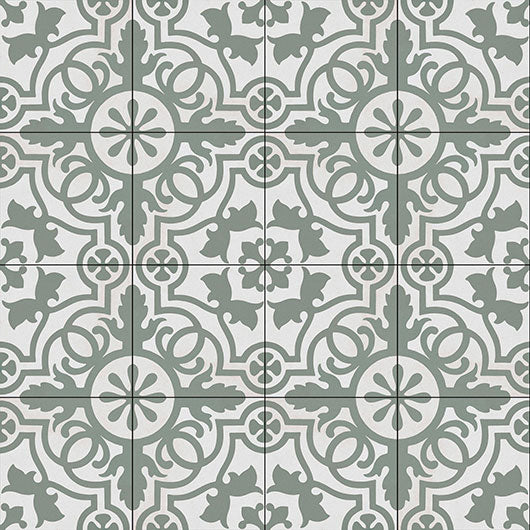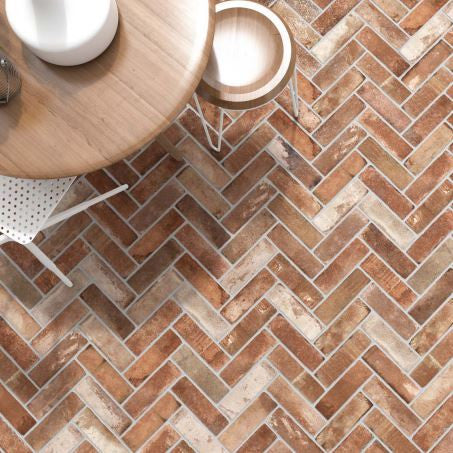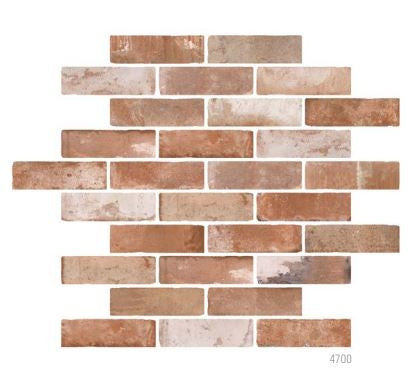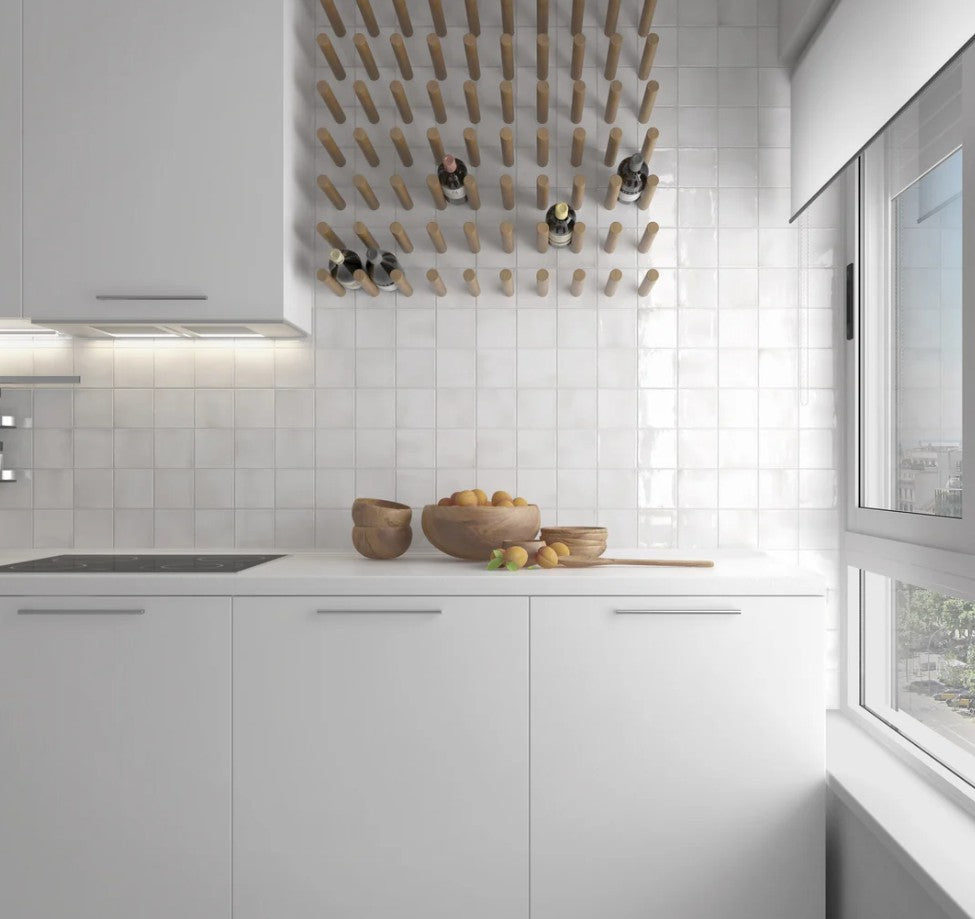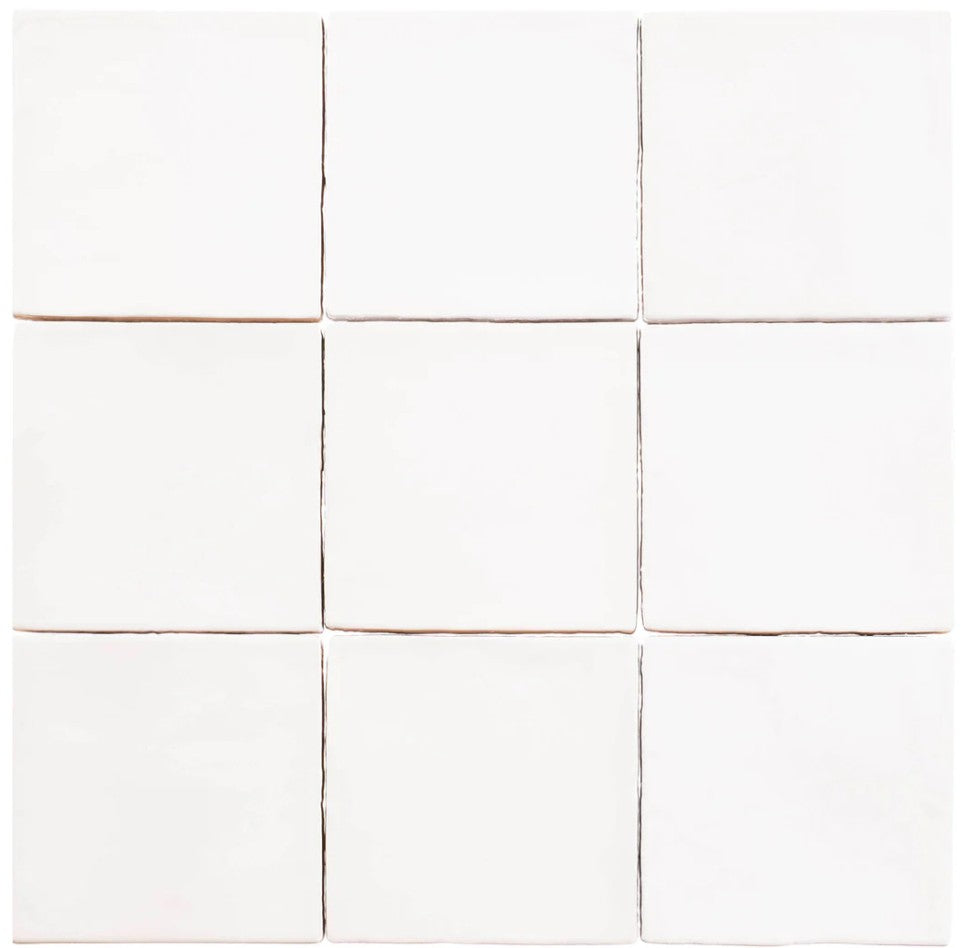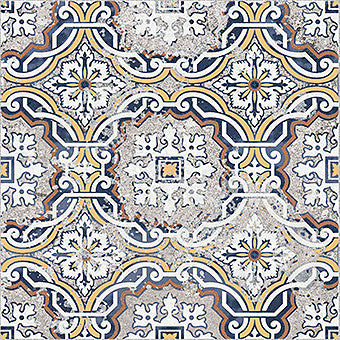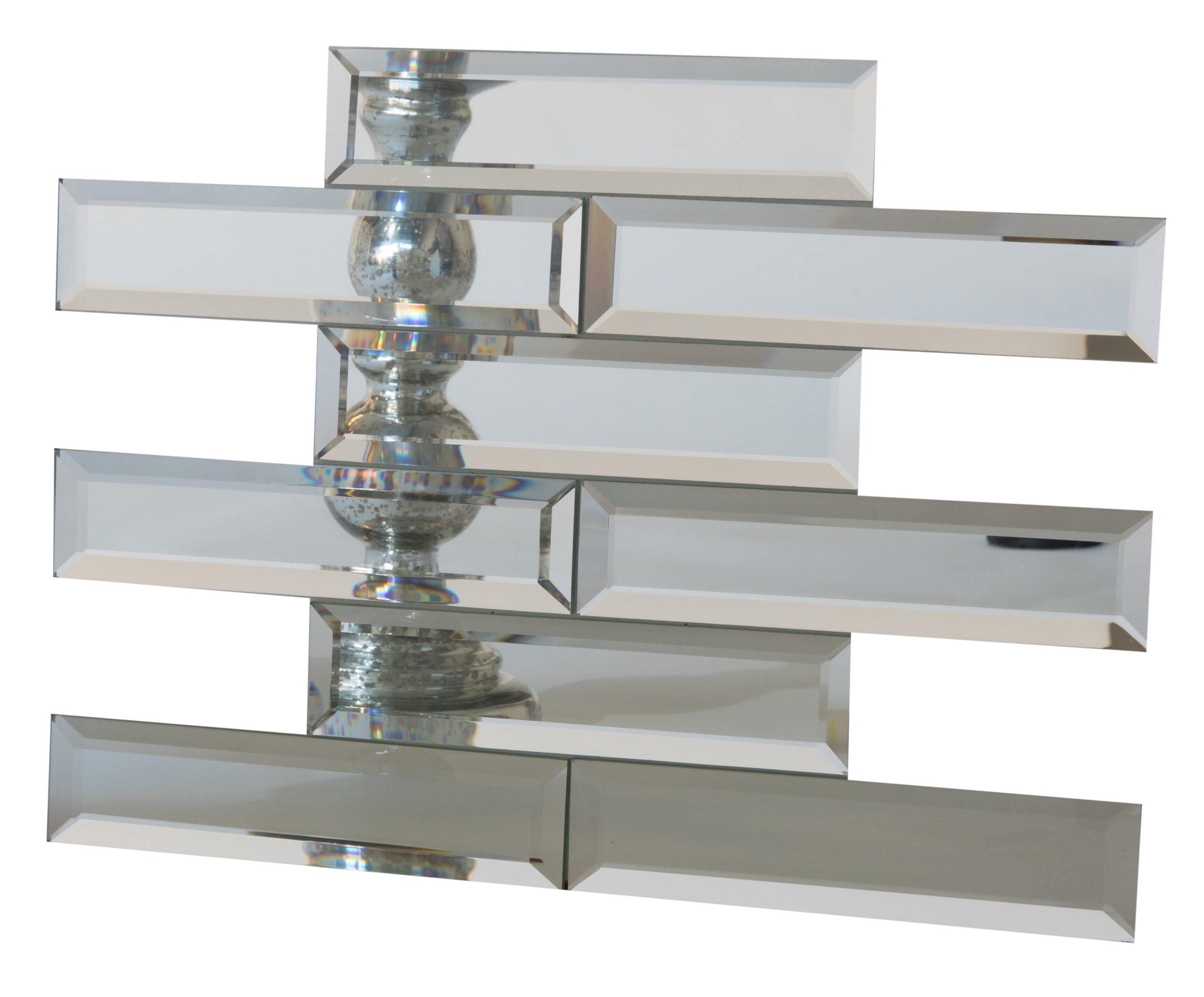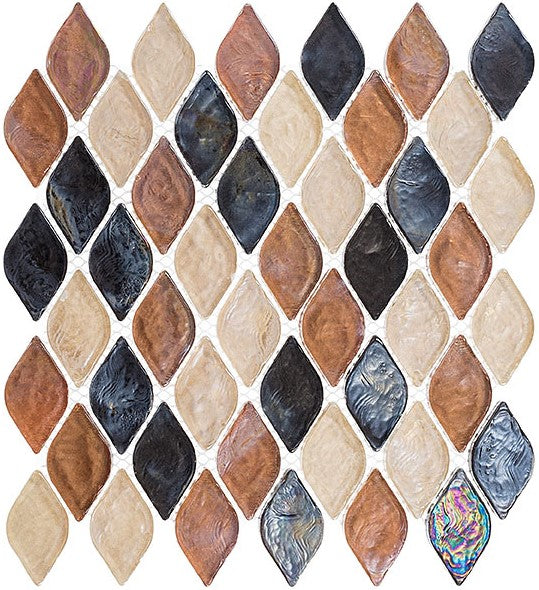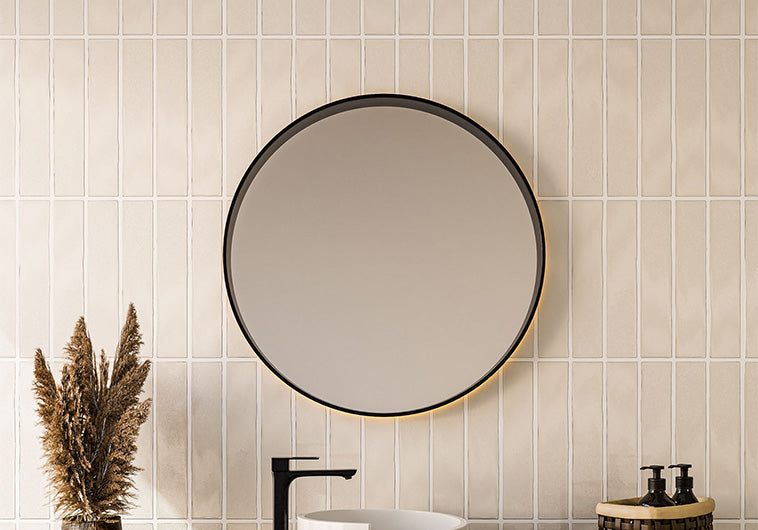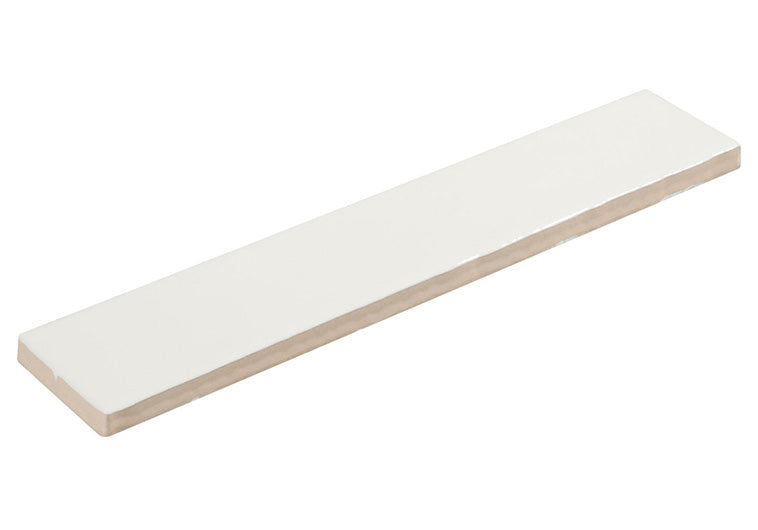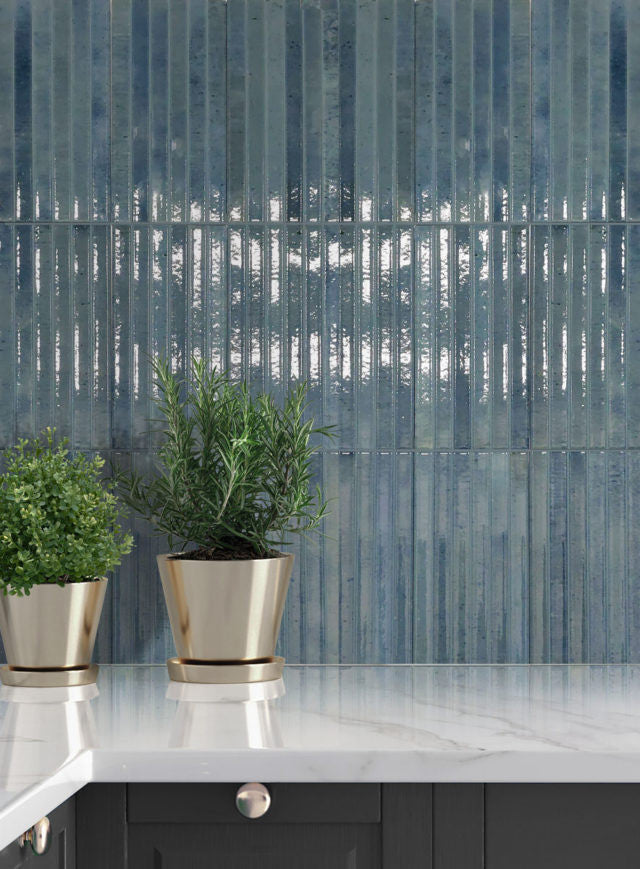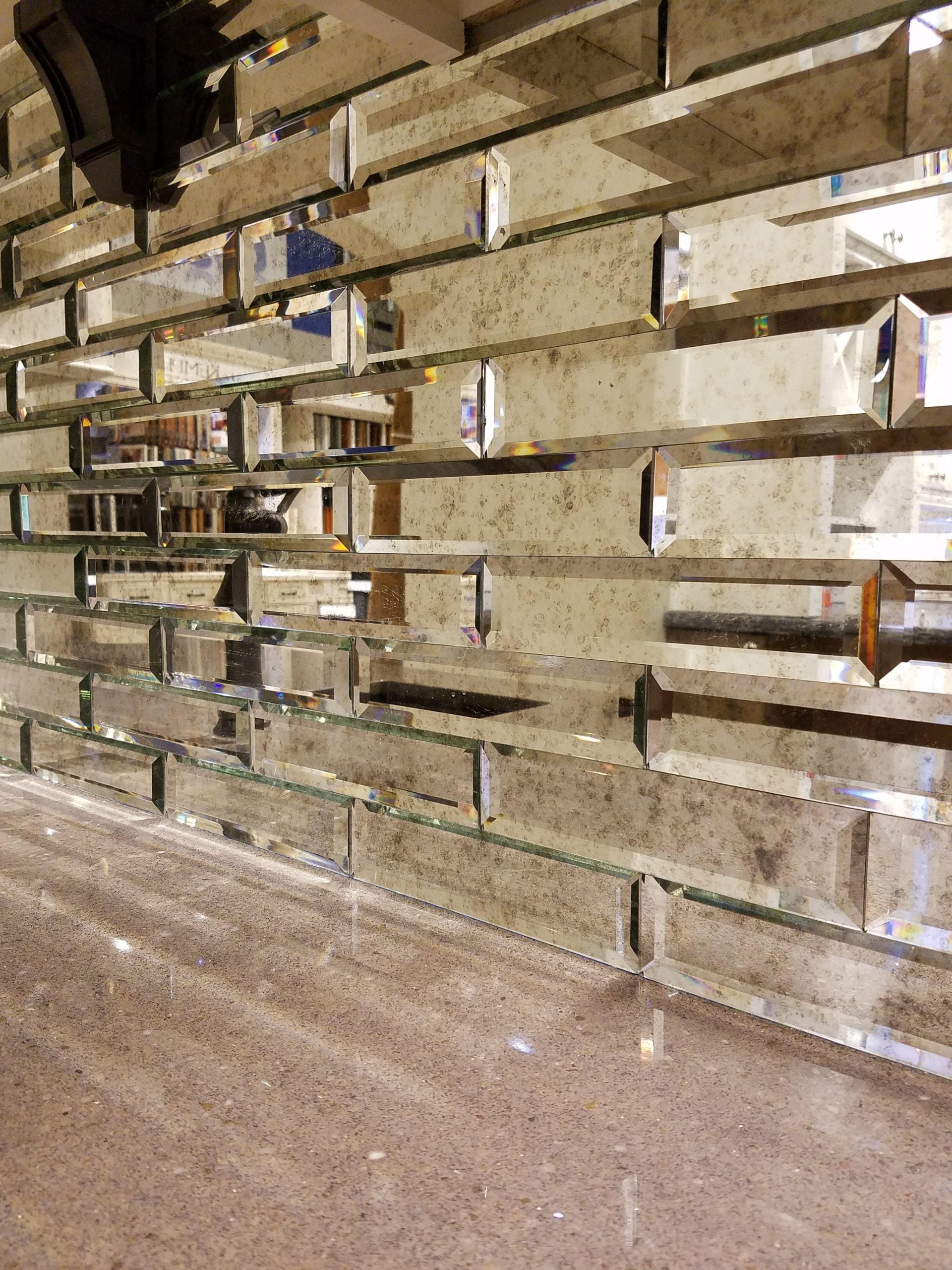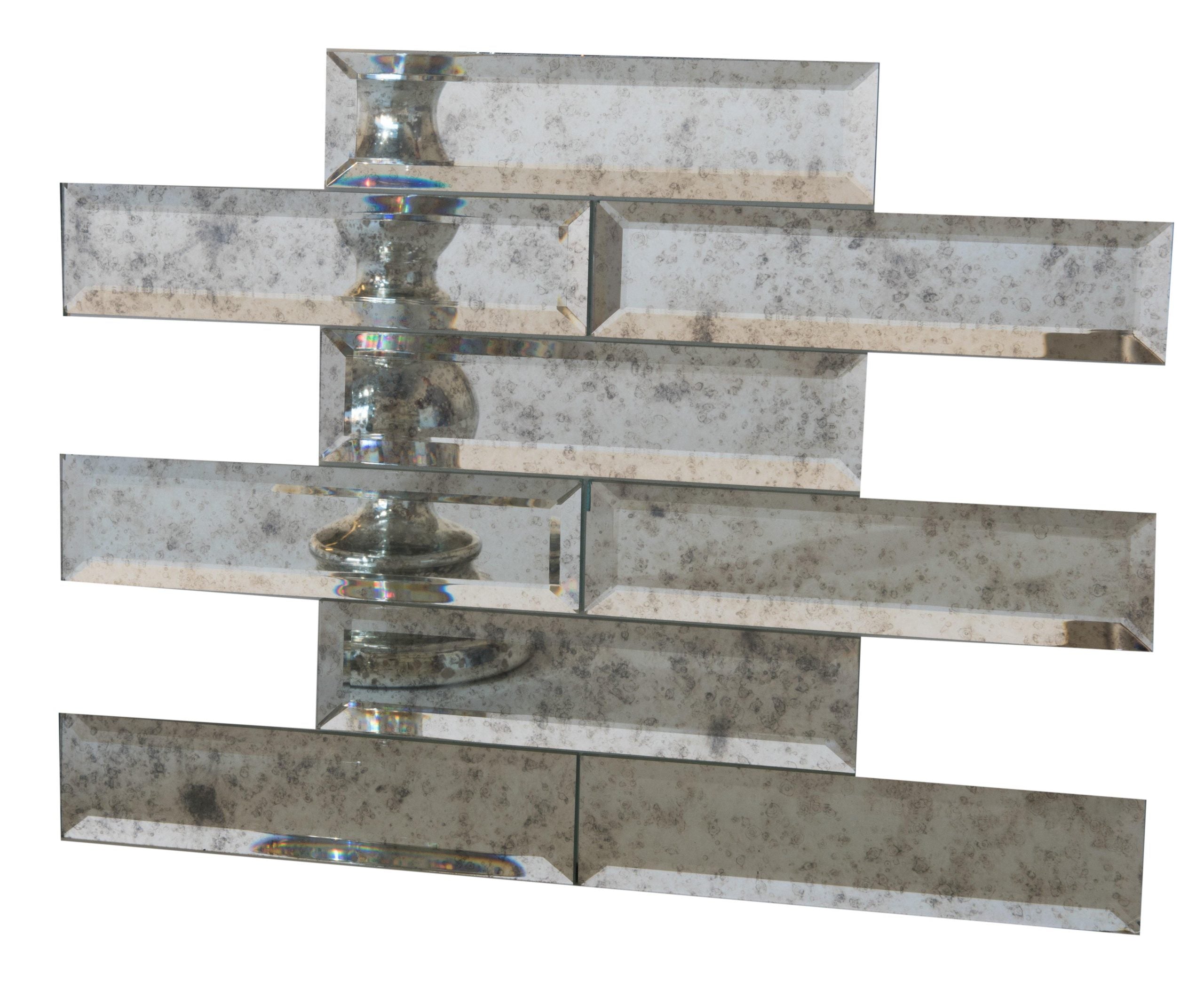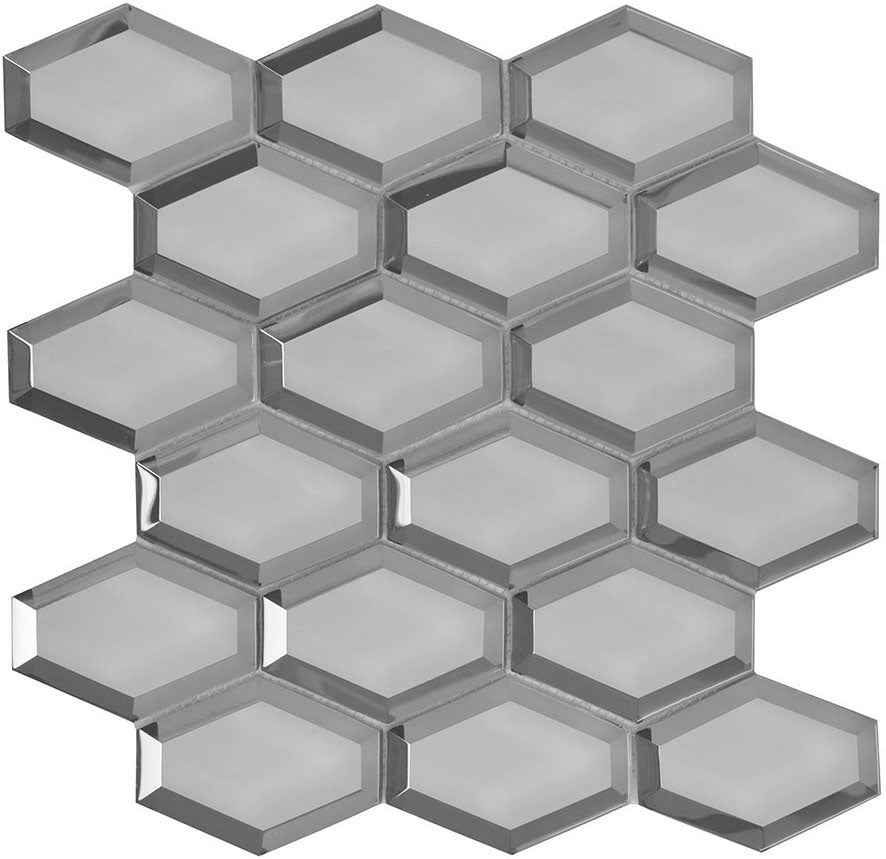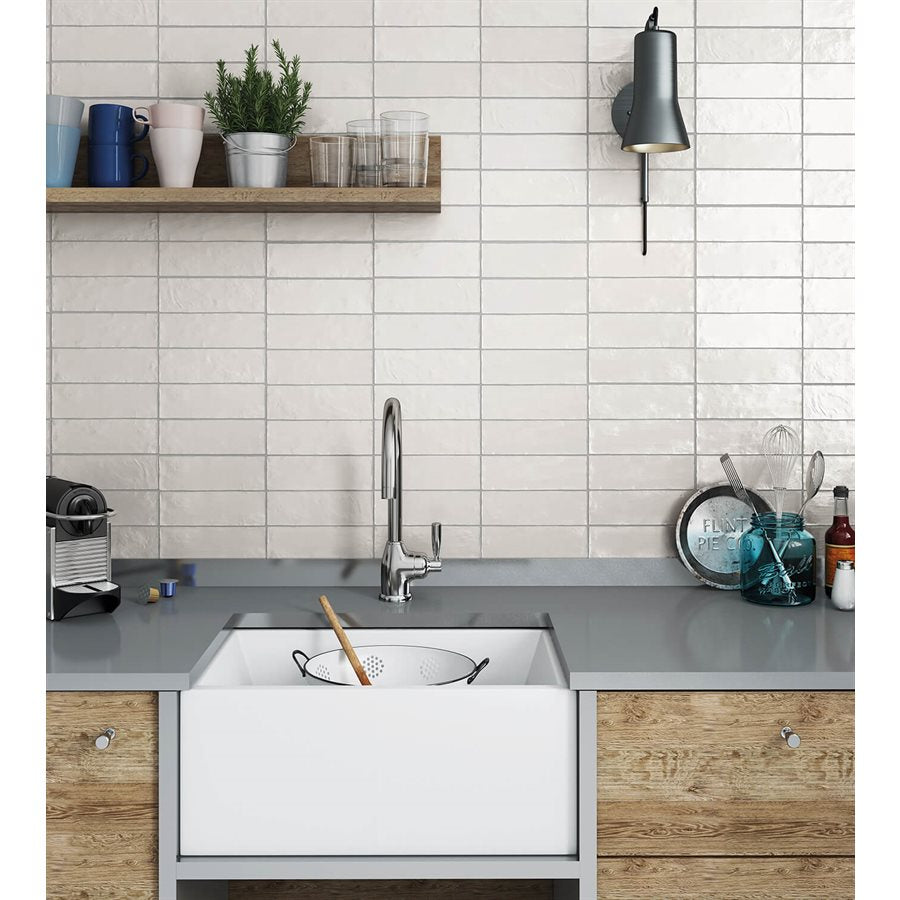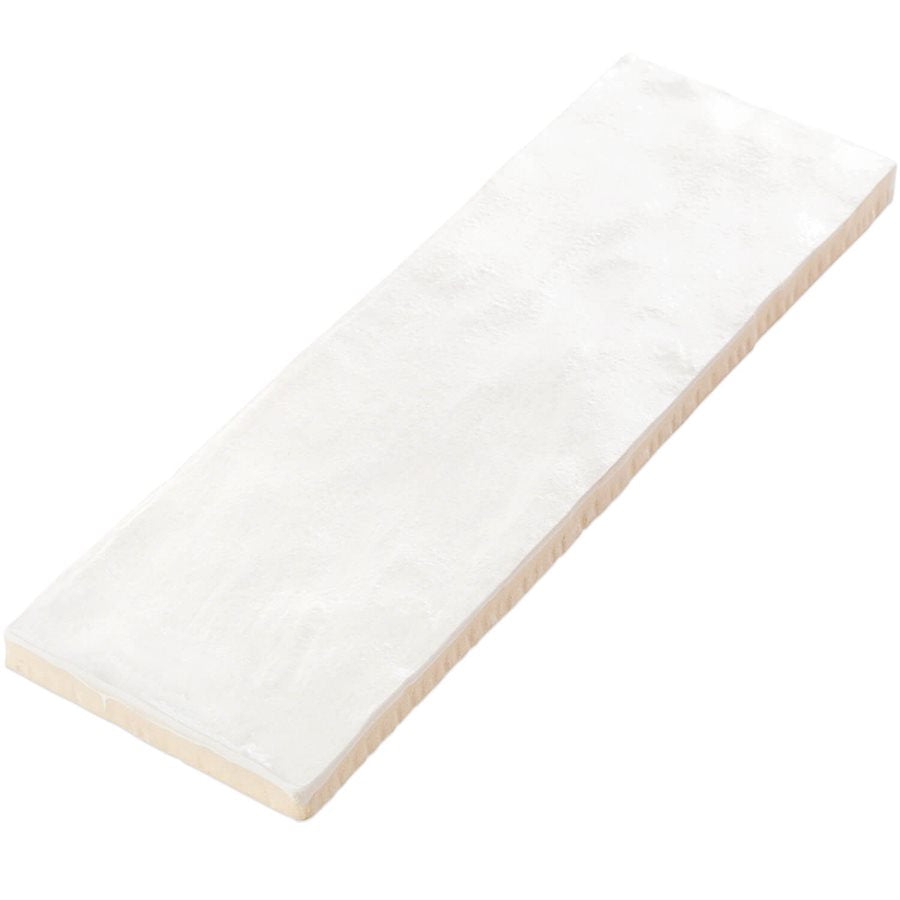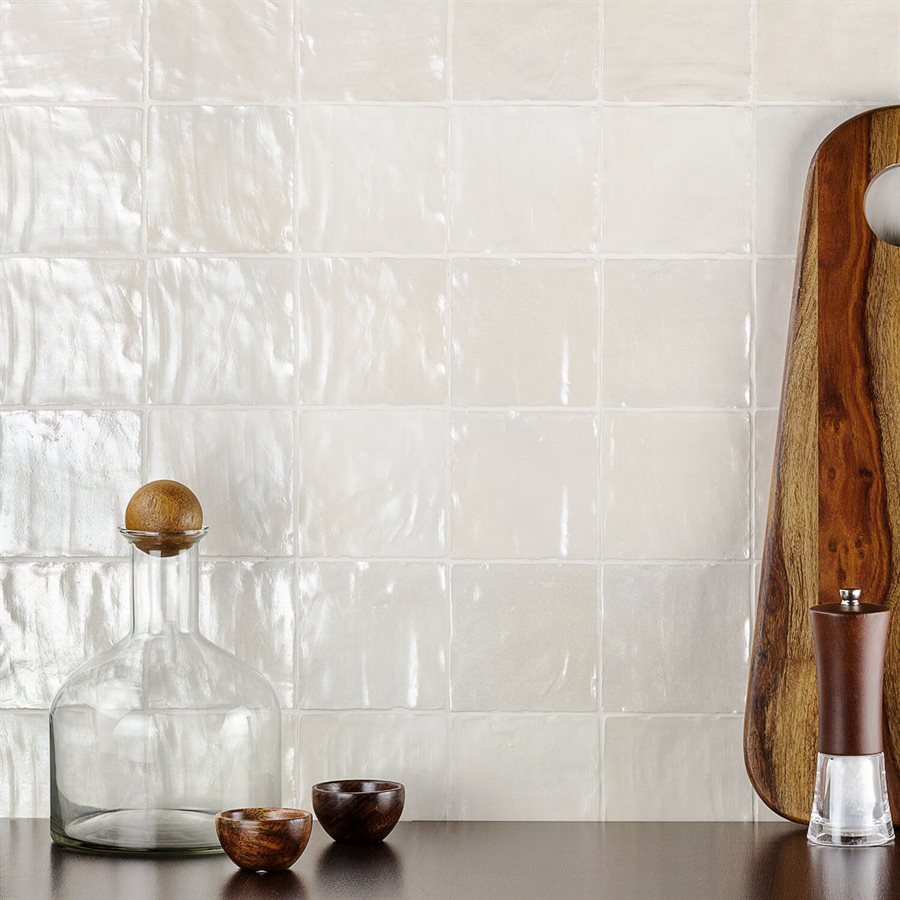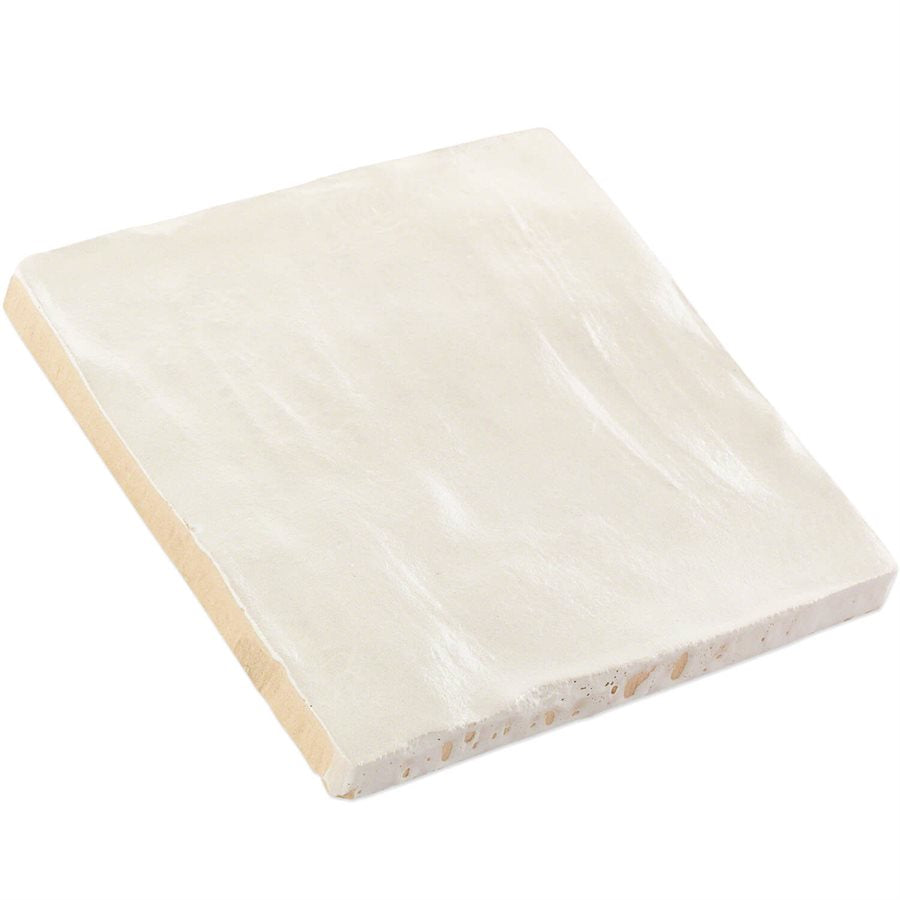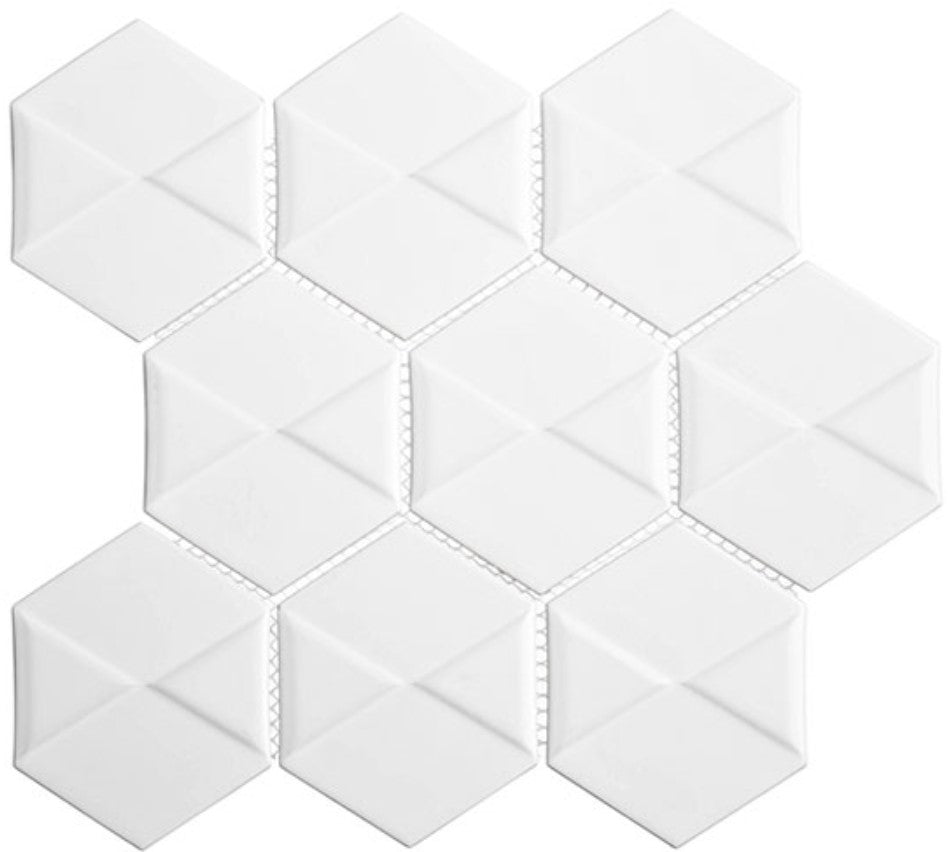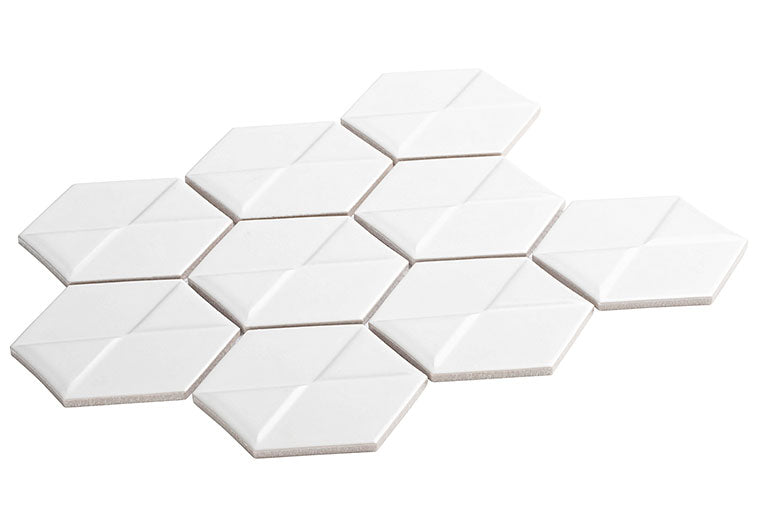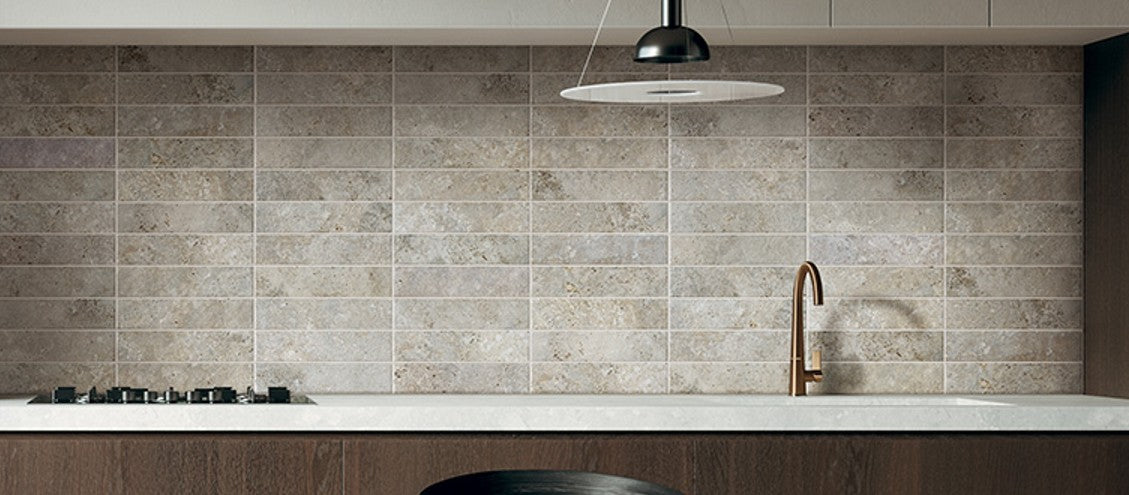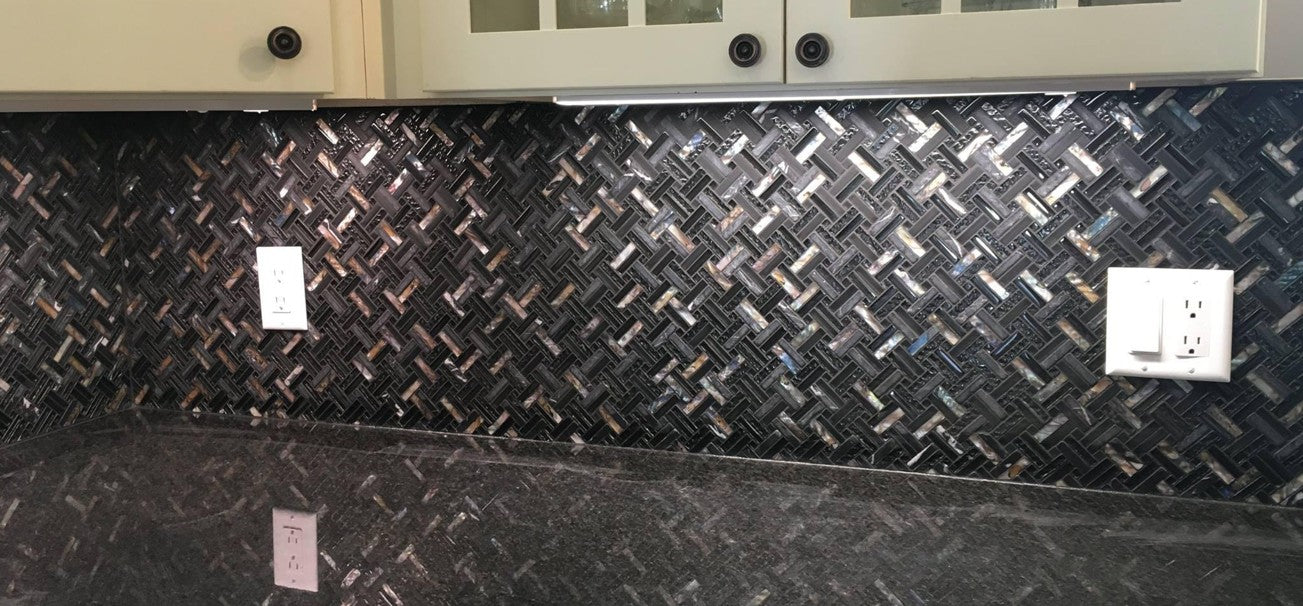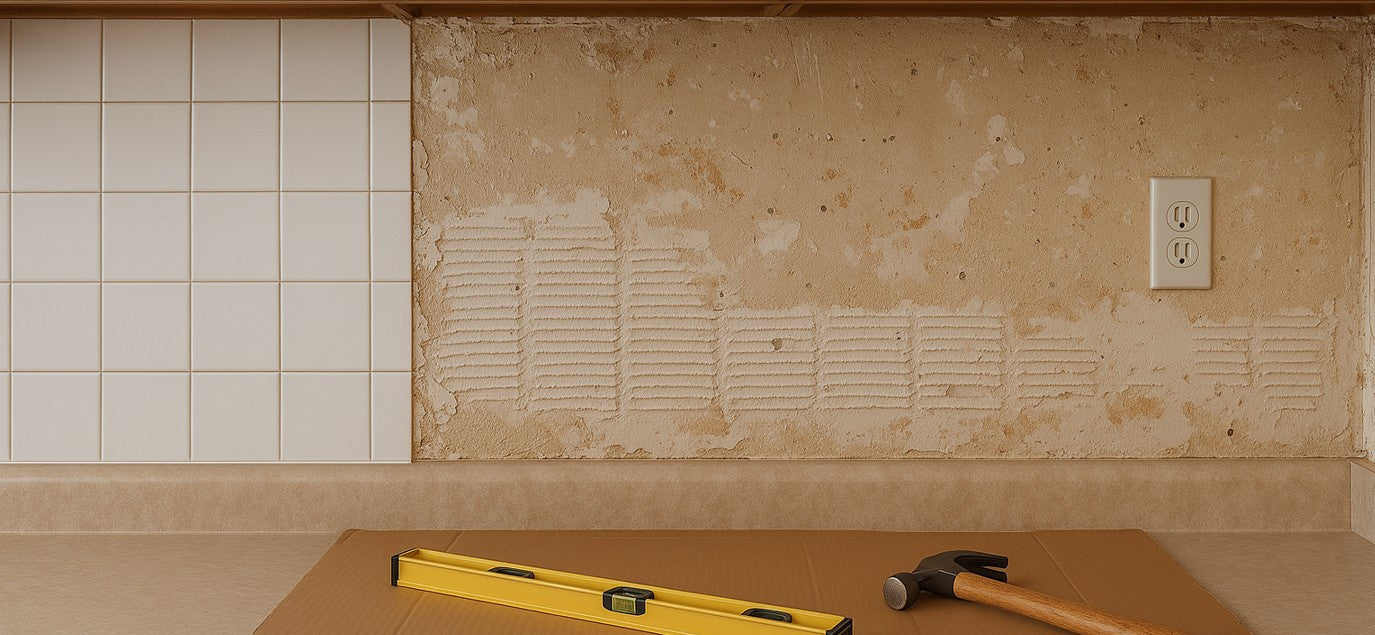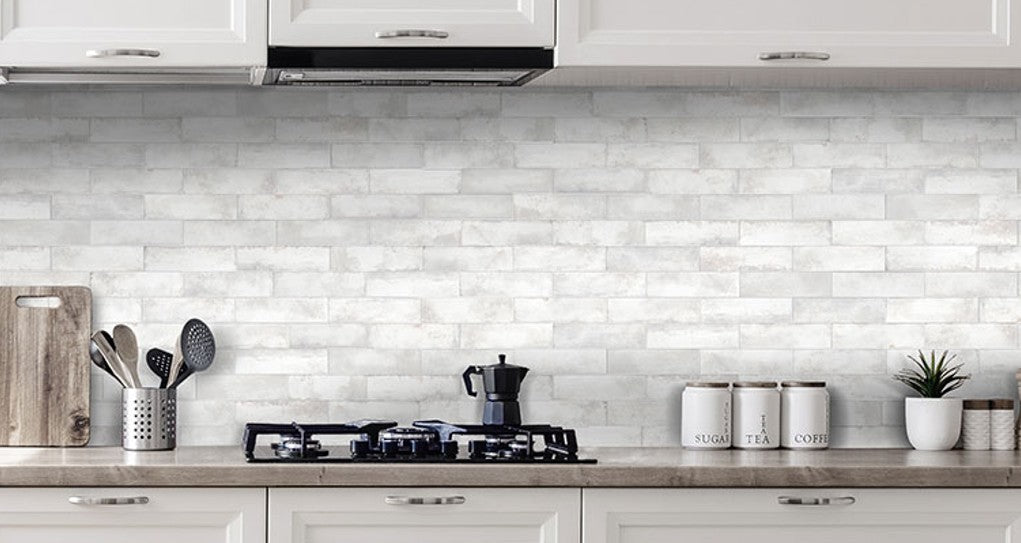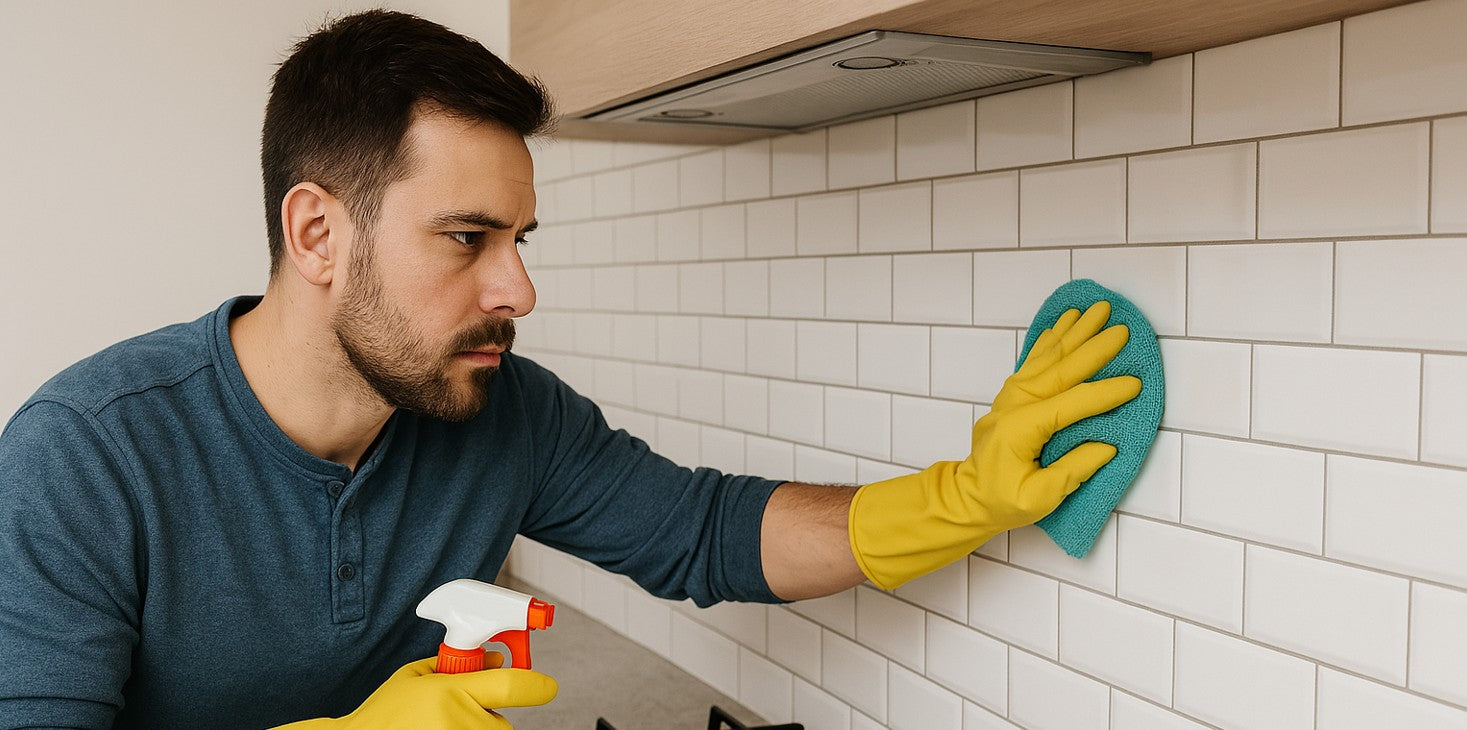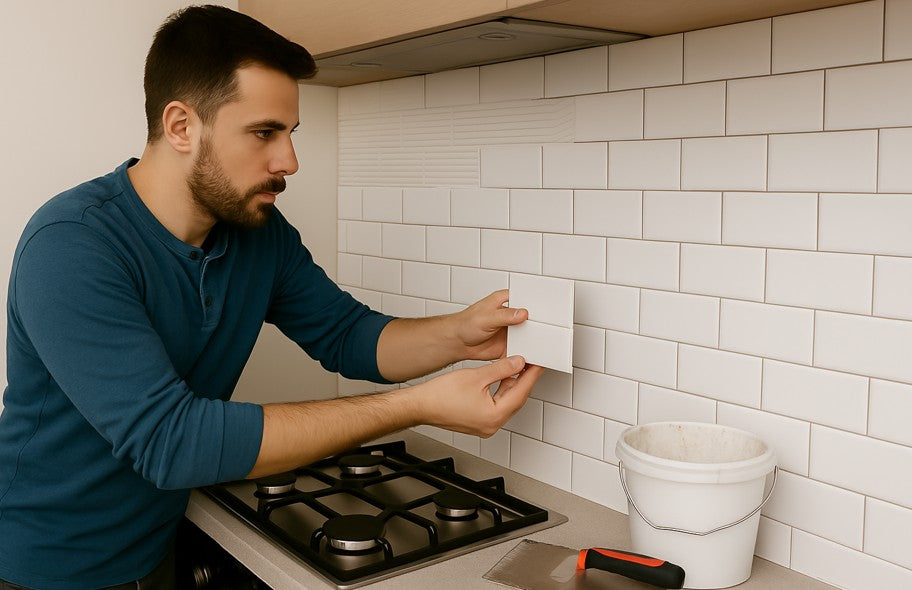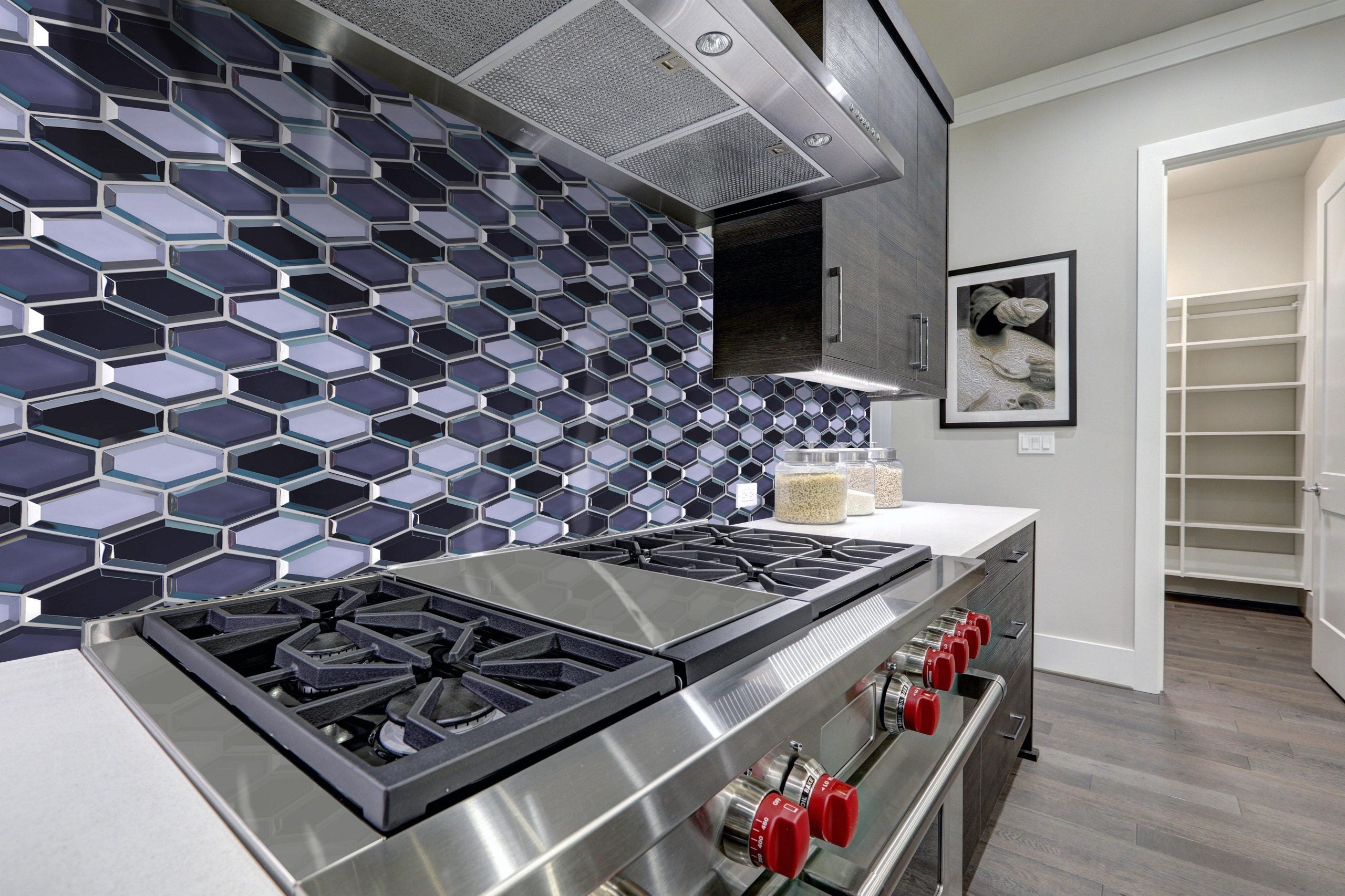The Essential Guide to Choosing the Right Grout
When planning your kitchen backsplash, the focus often goes to the tile itself. However, grout , the material that fills the spaces between tiles ; plays a crucial role in both the look and longevity of your backsplash.
Selecting the right grout type affects durability, maintenance, color coordination, and overall finish. In this guide, we’ll explore the common grout types and help you choose the best option for your kitchen backsplash.
Cementitious Grout (Sanded and Unsanded)
Cementitious grout, sanded and unsanded is the traditional grout made from a mixture of cement, water, and sometimes sand. It’s widely used for tile installations and comes in two main varieties:
- Sanded Grout: Contains sand particles to add strength and prevent shrinkage. Ideal for grout lines 1/8 inch wide or wider.
- Unsanded Grout: Smooth texture, suitable for grout lines smaller than 1/8 inch and delicate tiles that can be scratched by sand.
Pros:
- Affordable and readily available
- Strong and durable for most backsplash installations
- Wide range of colors
Cons:
- Porous and prone to staining if not sealed properly
- Can crack over time if applied improperly or on flexible surfaces
- Requires periodic sealing and maintenance
Epoxy Grout
Epoxy grout is a two-part system made from epoxy resins and a hardener. It cures to form a very strong, waterproof, and stain-resistant grout.

Pros:
- Highly resistant to stains, moisture, and chemicals
- Does not require sealing
- Durable and flexible, reducing cracking risks
- Ideal for areas exposed to water and grease, like kitchen backsplashes
Cons:
- More expensive than cementitious grouts
- Shorter working time, requiring quick installation
- Requires experience or professional installation for best results
Urethane Grout
Urethane grout is a premixed grout that combines epoxy and cement properties. It offers flexibility and stain resistance with easier installation than epoxy grout.
Pros:
- Flexible and crack-resistant
- Good stain and mildew resistance
- Pre-mixed for easy application
- No sealing required
Cons:
- Generally more expensive than cementitious grout
- May not be suitable for very narrow grout joints
Polyurethane Grout
Polyurethane grout is a newer product designed to be flexible, waterproof, and stain-resistant, similar to epoxy but easier to apply.
Pros:
- Highly flexible and durable
- Excellent resistance to stains and chemicals
- Pre-mixed and easy to clean up
Cons:
- Limited color options compared to cementitious grout
- Less widely available
Tips for Choosing the Right Grout
- Consider grout joint width: Narrow joints (under 1/8 inch) usually require unsanded or epoxy grout.
- Think about maintenance: Epoxy and urethane grouts require less sealing and cleaning effort.
- Match grout color thoughtfully: Contrasting grout highlights tile shape, while matching grout creates a seamless look.
- Assess installation complexity: Epoxy grout may require professional installers.
Maintenance and Longevity
Proper grout care helps keep your backsplash looking fresh and protects the integrity of your tile installation. Cementitious grouts require sealing upon installation and resealing every 1-2 years. Epoxy and urethane grouts generally do not need sealing and are more resistant to staining.
Regular cleaning with non-abrasive cleaners will prevent buildup of grease or mildew, particularly in kitchen areas.
Final Thoughts
The right grout type enhances both the beauty and durability of your kitchen backsplash. Whether you choose affordable cementitious grout or invest in low-maintenance epoxy, understanding the pros and cons ensures your backsplash stands the test of time.
Tile Choices offers a wide range of grout options and expert guidance to help you select the perfect grout for your kitchen.

